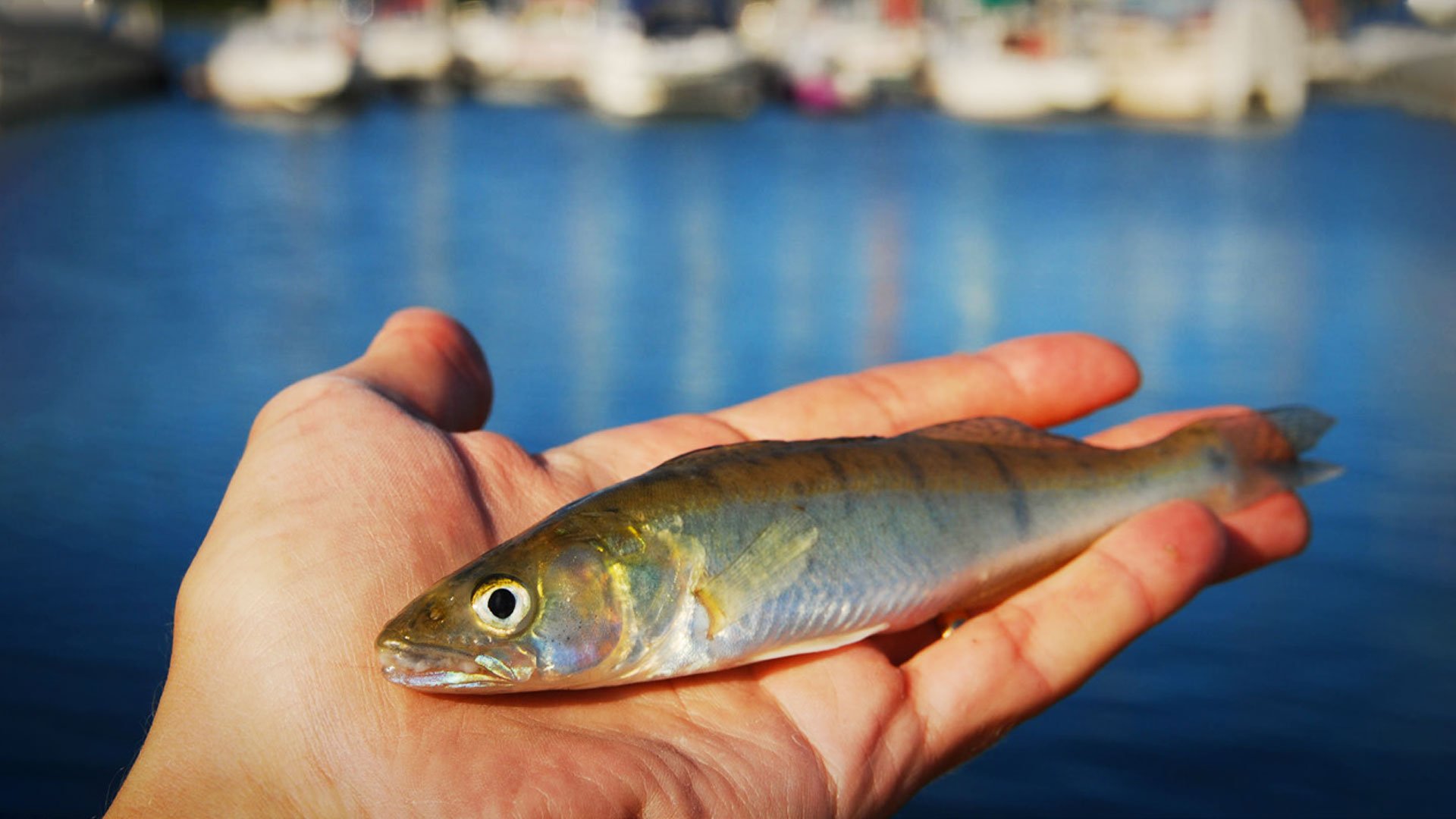Ecological compensation in coastal areas

About this report
Environmental compensation necessarily involves a diverse set of actors and stakeholders with different interests and perspectives; as such, it is important that the compensation process itself is both transparent and replicable across different areas and individual cases. A key factor limiting its use today is the lack of practical experience among actors about how compensation should be implemented. Our investigation has focused on the steps that we feel are most critical for a transparent evaluation of the environmental damages and subsequent compensation needs.
We proposed a framework built upon four steps: (1) assessing damage, (2) identifying compensation needs, (3) selecting compensation and (4) evaluating outcomes. It is based on the Cascade Model, which is a conceptual and systematic approach for communicating how humans interact with, and are dependent on, ecosystems and the services they provide. The Cascade Model defines the final outputs from an ecological system (derived from its structure and function) in terms of the benefits it provides people. We connect the proposed framework with an evaluation of current state of knowledge on the effectiveness of restoration measures for a range of coastal habitat types. The evaluation includes eelgrass beds, shallow vegetated habitats, unvegetated soft substrates, macroalgal habitats, blue mussel reefs, and coastal wetlands.